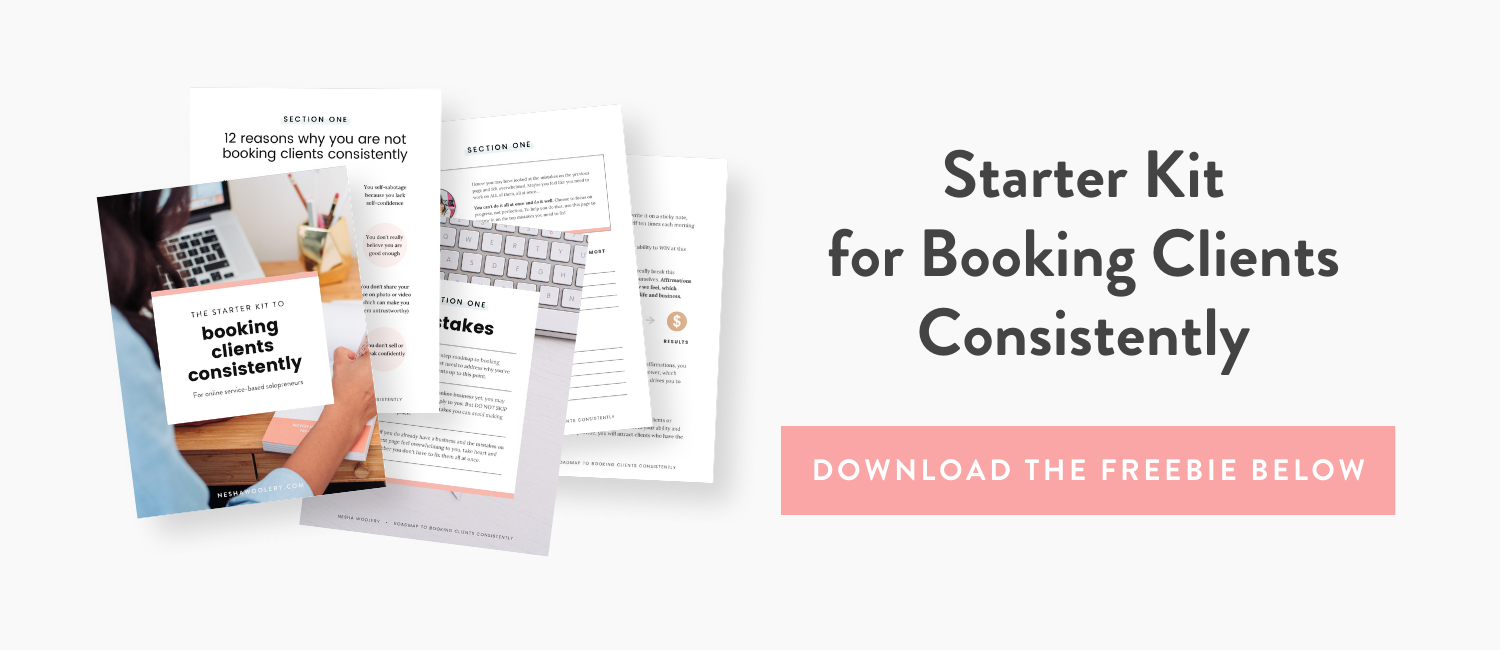If you're a newbie designer, you're most likely a college student itching to get their work into the world and start living the freelance life.
Or, you're someone who has an interest or a qualification in design but you're stuck in a toxic day job that eats away at your soul. You want to quit and start freelancing. You want to be your own boss. You sometimes do freelance work on evenings and weekends, but it doesn't bring in enough money to enable you to quit your day job.
You need the income your day job provides. After all, there's rent to pay, food to buy, a car to run... Quitting your job just doesn't seem feasible right now. Especially since the bulk of financial responsibility will lie on your hubby. Leaving him to handle most bills by himself while you build the dream hardly seems fair, does it?
I completely understand how you feel.
It's a catch 22, am I right?
I was one of the lucky ones. When I started freelancing, I was living at home and I didn't have many expenses to think about. Quitting my day job wasn't as life-threatening as it is for the mother of two with a hard-working husband, or the young wife with a mortgage to pay.
But even though it wasn't extremely difficult for me to quit my day job and become a freelance designer, I've consulted with women who are in these exact situations.
I've also spoken with new designers who:
Can't seem to book any clients.
Don't have ANY inquiries coming in (which means they have no money coming in.)
Keep booking the wrong kind of clients. (Aka. The Penny Pinchers) and don't know how to attract any other kind of client.
Feel like they're in over their heads and super stressed out.
Being a newbie designer is hard work, and my heart goes out to you. You have the passion to make a success of your freelance business but it feels so HARD sometimes- am I right?
Let me show you some freelance statistics to put a smile back on your face!
Here's are some stats from The Freelancers Union:
There are 53 million people freelancing in the US and 1.4 million in the UK (which is a 14% growth for us Brits!)
Twice as many freelancers have seen an increase in demand in the past year as have seen a decrease – 32% experienced an increase versus 15% who have seen a decrease.
65% said freelancing as a career path is more respected today than it was three years ago.
And yet, finding work and, correspondingly, income stability are the top barriers that stop people from freelancing full-time.
In other words? Fear is what stops people from freelancing.
When we look at those statistics we can clearly see that the odds are with us freelance designers, not against us. Even though there are SO many people taking up the freelance ranks, there's still enough work for us all.
(If you're looking for ways to actually get that work, register below for my FREE Starter Kit for Booking Clients Consistently.)
I want you to be a part of the freelancers that take the leap and make a success of their businesses, not the freelancers that decide against freelancing full-time because of fear.
But I realize that starting a freelance design business can be scary. It was for me!
Here are my top 10 tips for newbie designers:
1. Save as much money as you can before you quit your day job
Before I quit my day job, I saved some money so that I could use it to live a comfortable lifestyle while freelancing full-time and trying to build my business. However, I still wish I'd saved more. Having money saved away for tough times makes me feel less stressed and more secure. If you have a lot of expenses to cover, like a mortgage and a car, try and save as much as you possibly can before freelancing full-time. Even if your freelance business immediately brings in shed loads of money, you'll benefit from having some tucked away in a savings account.
2. Still studying? Intern as much as possible
Learning from how other designers run their businesses will help you understand how you should run yours. When you intern for others, you'll be able to learn how to communicate with clients, set client boundaries, charge clients, manage projects, manage expenses and much more.
3. Don't niche your business- yet
Every business owner on the web tells you to choose a niche for your business, but this is only solid advice if you've been in business for a year or more. I tell new designers to wait. Try everything under the sun first! Try corporate design, designing for small businesses, designing for men and women, print design, web design... Try as many aspects of design as you can, then specialize in the areas you loved the most.
4. Create a business plan
So you decided to leap into freelancing? Excellent! I applaud you. But now what? Before doing anything, create a business plan. A plan will keep you on track towards hitting your income goals, and it will ensure that you stay focused. I conducted business without a plan for two years because I simply couldn't get the hang of planning. But when I incorporated a business plan, my income tripled and I managed my business ten times better. Business plans are worth it.
If you need a fun and simple business plan template, I have one right here!
5. Make friends
One of the best ways to make a name for yourself online as a designer is to make friends with other designers! You could learn a lot from them, and they could provide you with some really great advice. You may also find that your friends end up referring work to you - double win!!
You can make designer friends in my free Facebook group!
6. Don't compare yourself with others
Do you often compare yourself with designers who have been freelancing for years? Don't!! The truth is, they haven't always been so good at what they do. They've had to start at the very beginning like you. Don't compare someone else's Level 5 with your Level 1.
7. Build your portfolio
You're a newbie designer, so I'm guessing you have some time on your hands while you build up your business, right? Use that time to build up a portfolio of the kind of work you'd like to do. If you don't have paying clients, create your own design projects! You can still add self-initiated work to your portfolio because it's still an example of the quality of work you can deliver.
8. Uncover your core purpose
The aim of freelancing isn't simply to make money. You should love designing. If you don't have a true passion for it, you may yourself getting tired of it as the years go on. This can result in resenting your clients and half-heartedly completing their projects. So, if you haven't started your design business yet, ask yourself- do you truly love what you do? If not, is there another freelance career you could choose? Something you'll love doing and never get tired of?
10. Create content
When I first became a freelance designer, I started a blog. My blog has not only lead clients to me but it has also lead me to a lot of my designer friends. If you create a blog about design, your articles will prove to your potential clients that you know what you're talking about.
You shouldn't only be creating blog posts though. You should create paid products, like digital files or eBooks! Selling things like this will make you some spare income on the side of your design business. Passive income is a really great thing to have when your design business starts to go through a slow patch!






